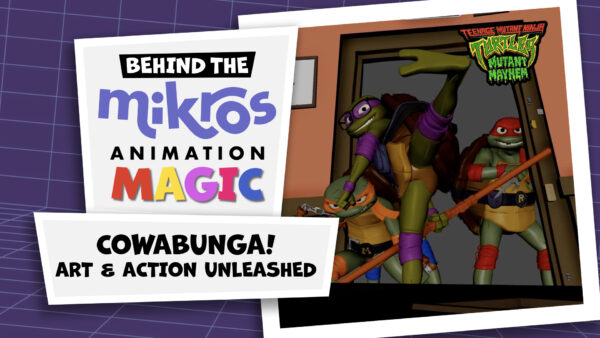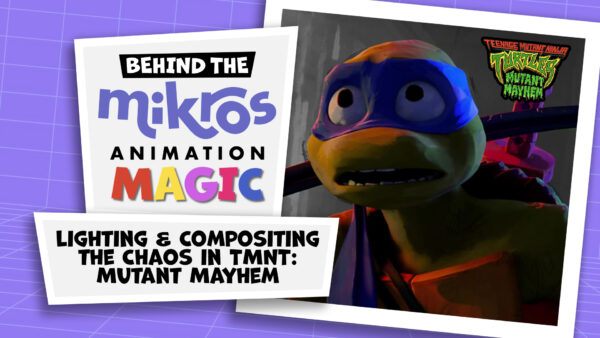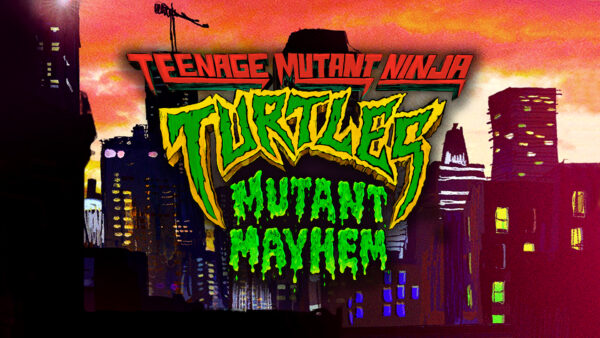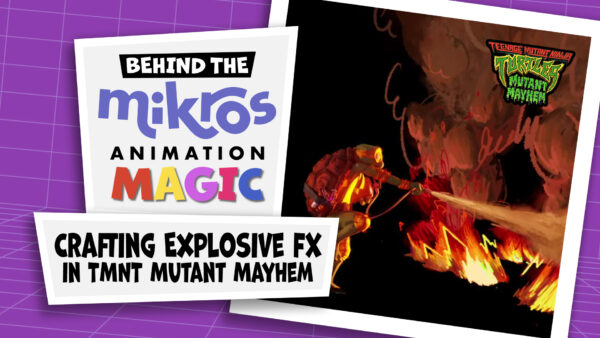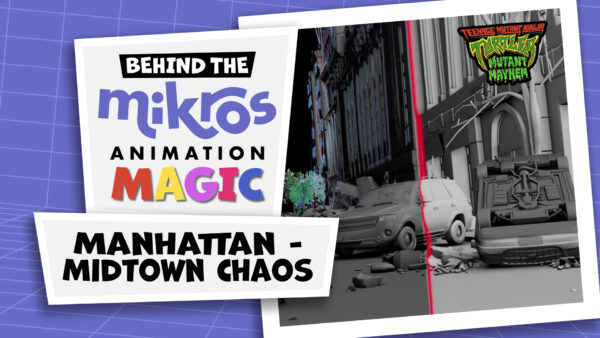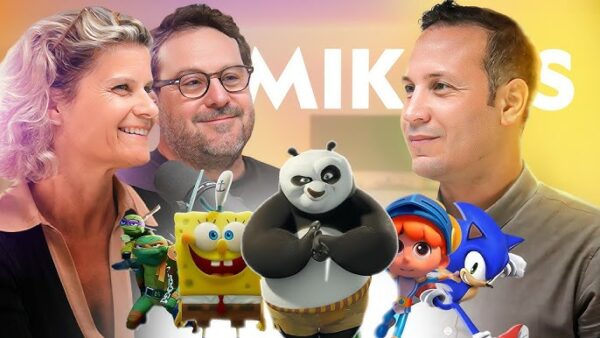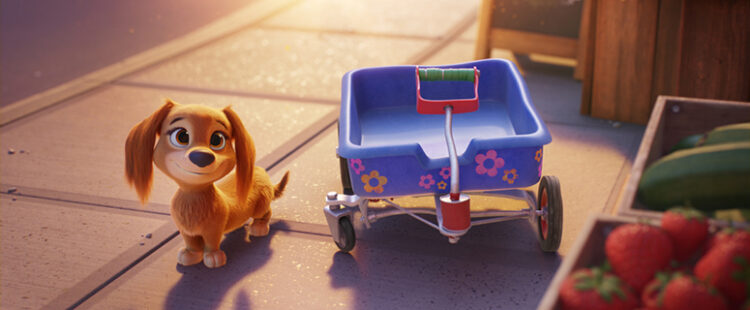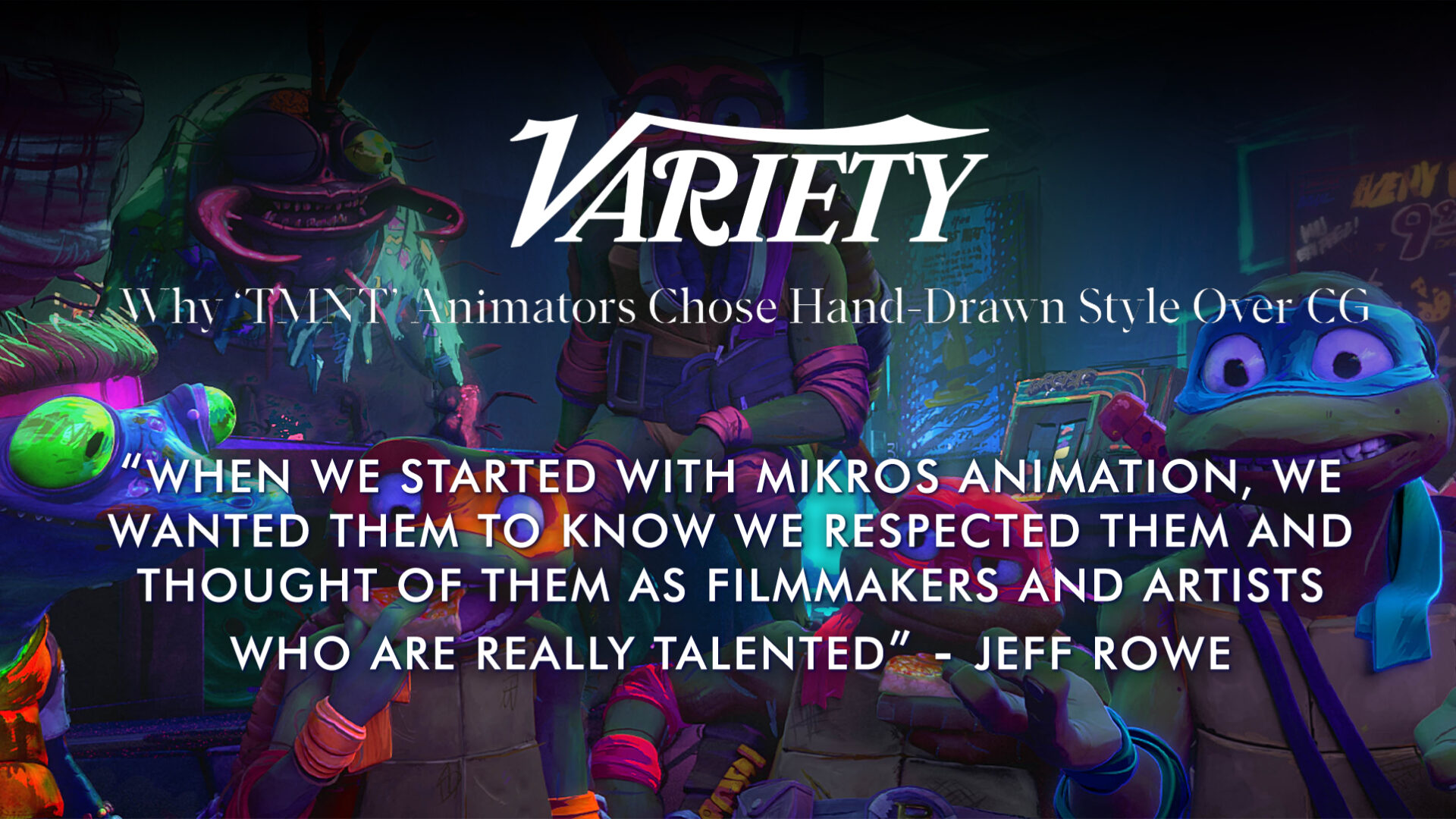
Variety interviewed our own Matthieu Rouxel, VFX supervisor on Teenage Mutant Ninja Turtles: Mutant Mayhem, to find out why our Mikros Animation teams chose Hand-Drawn Style Over CG.
Read the full article here.
“When we started with Mikros, we wanted them to know we respected them and thought of them as filmmakers and artists who are really talented,” says Rowe. “We decided to treat this like we’re one studio and like we’re all working towards the same goal. They were invited to collaborate and invent and come up with things and stuff like a motion blur in the film, which is this really painterly kind of streaking that we didn’t ask for but one day they suggested the film should have a stylized motion blur. They showed us what they did and we said, ‘Yes, please put that put that all over the film.’ And it was just this back and forth of like us trying to improve their ideas and then them trying to improve our ideas and it was like a really collaborative, warm process.”
Rouxel understood that for the animation to serve the story — which is focused on teenaged turtles — it almost had to be done a bit haphazardly as if it was drawn in a kid’s notebook. The studio would have find a way to use its CG tools to create a 2D, tactile look.
Animators and VFX artists would have to lose that clearly drawn, hard-edged vibe in order to make it feel like they were really in the world of the story being told. In a way, it’s using the tools to do something that they were rarely used to doing since the overall CG look has been favored for so long.
“What we were trying to do is lose the detail on the characters and use shaders to get that look of something made by hand,” says Rouxel. “For us, the main challenge was to get that 2D, graphic-paper feeling like everything was made on paper by a kid drawing. So even in the backgrounds it was like you wouldn’t spend too much in detailing every break in between each of the other buildings that could be in the far, far background. So we tried to apply that same logic to all of the details. If they’re in the close background we don’t use a lot of details and then in the far, far background we don’t use it there either. Things become more like a looser shape with less details. We also developed a shader, which is the texture and reaction to light that you give to objects in a scene. This lets us effect objects in a standardized way. Everything in CG competes against this but it gives the artists a lot more room to express themselves than they usually have.”
